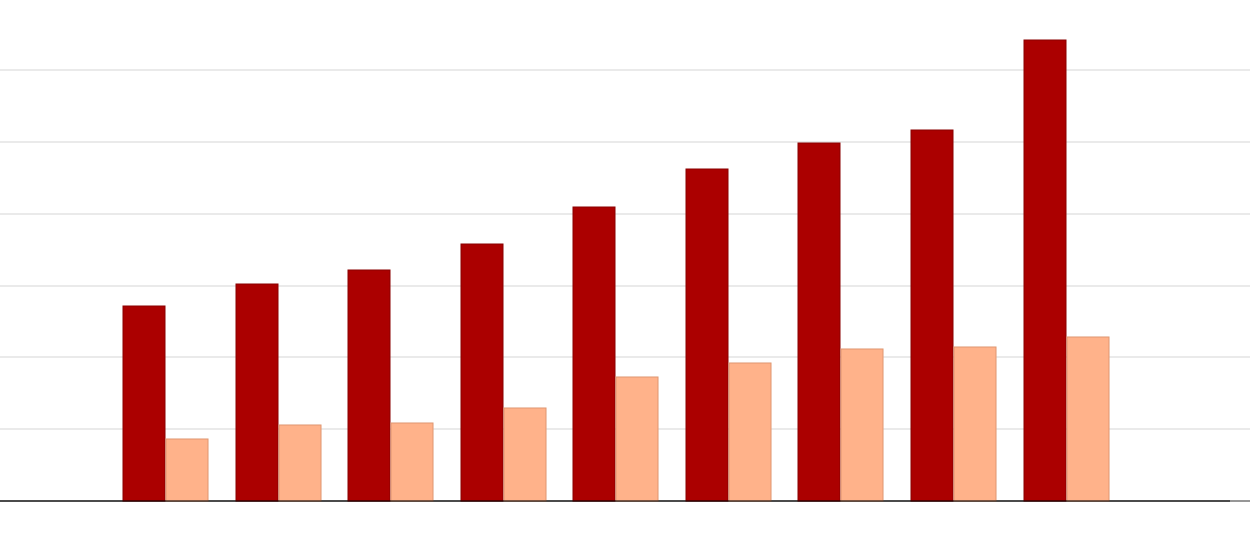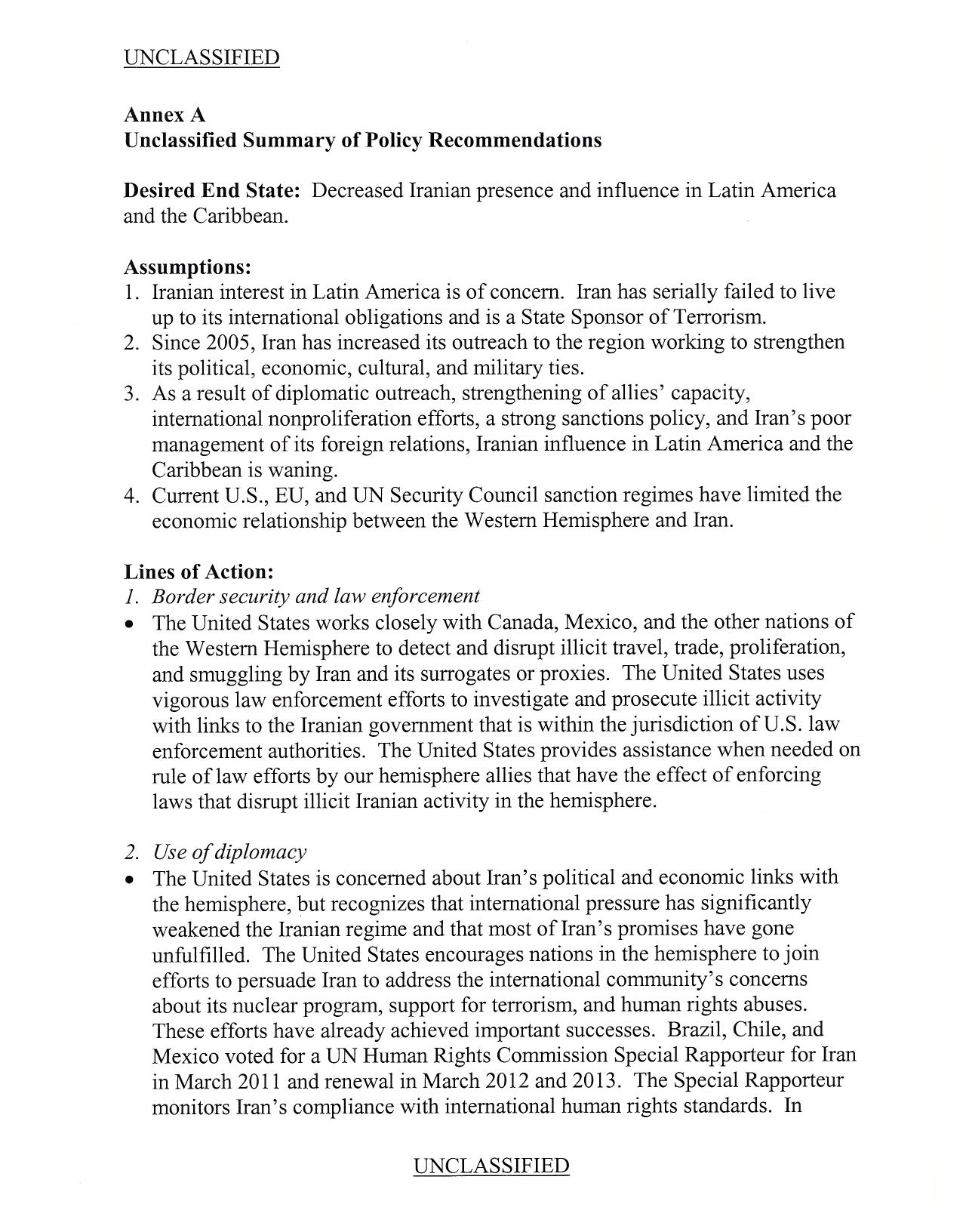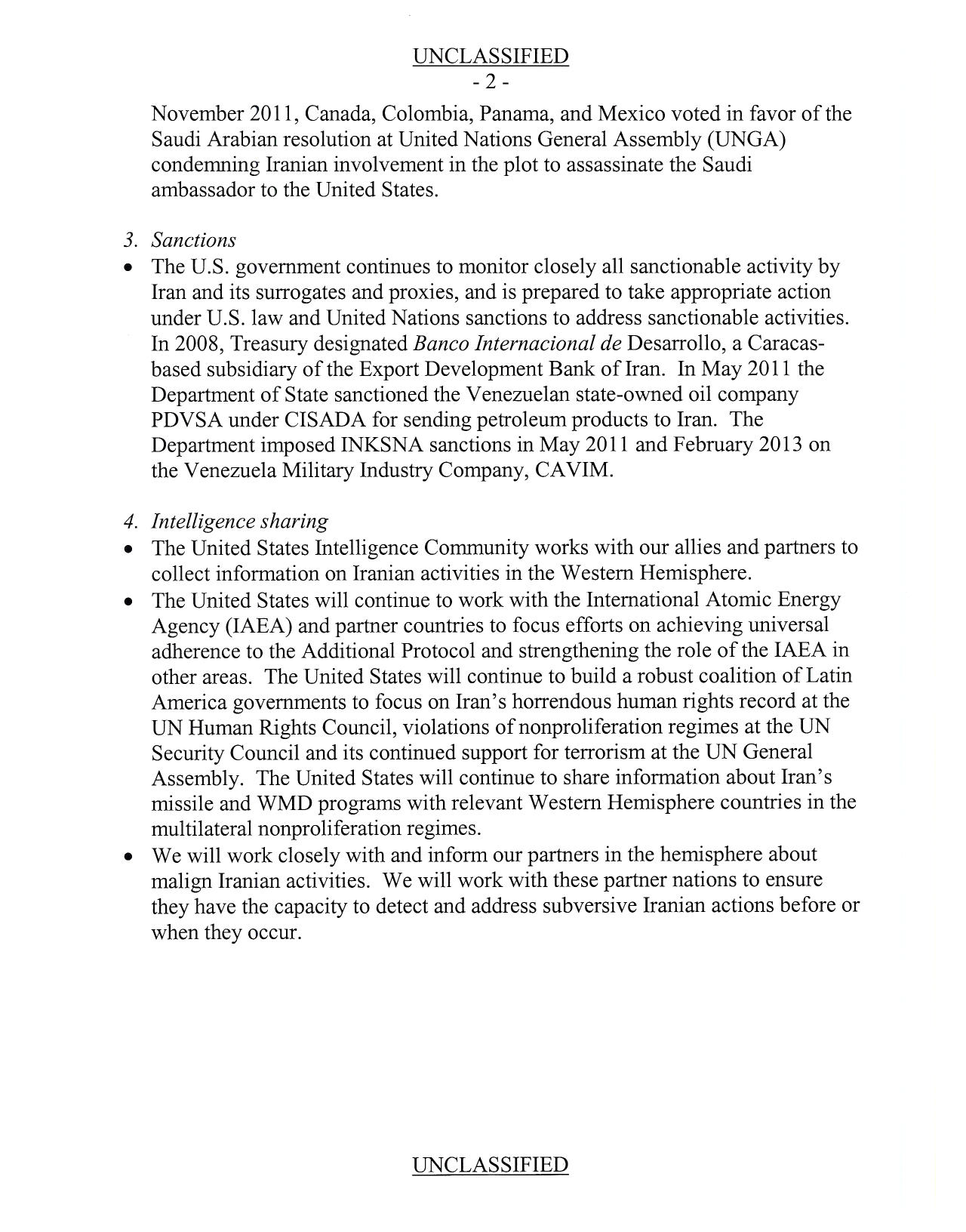9 Latin nations band together to plead with U.S. over Cuba
 Cuban migrants were photographed in November outside the border control building in Penas Blancas, Costa Rica, after Nicaragua closed its borders to Cuban migrants. Nine Latin American governments on Monday charged that U.S. policy toward Cuban migrants has created a humanitarian crisis for the region. Esteban Felix AP
Cuban migrants were photographed in November outside the border control building in Penas Blancas, Costa Rica, after Nicaragua closed its borders to Cuban migrants. Nine Latin American governments on Monday charged that U.S. policy toward Cuban migrants has created a humanitarian crisis for the region. Esteban Felix AP
McClatchy/WASHINGTON:Eight Latin American governments on Monday joined Costa Rica in calling on the United States to end its special treatment for Cuban migrants.
The Ecuadorean foreign minister delivered a letter to Secretary of State John Kerry signed by the foreign ministers of the eight countries and Costa Rica in expressing their “deep concern” that U.S. policy toward Cuban migrants is creating a humanitarian crisis and encouraging “a disorderly, irregular and unsafe flow of Cubans.”
“Cuban citizens risk their lives, on a daily basis, seeking to reach the United States,” the letter says, according to excerpts forwarded by Ecuador’s embassy in the United States. “These people, often facing situations of extreme vulnerability, fall victim to mafias dedicated to people trafficking, sexual exploitation and collective assaults. This situation has generated a migratory crisis that is affecting our countries.”
The letter was signed by the foreign ministers of Colombia, Costa Rica, Ecuador, El Salvador, Guatemala, Mexico, Nicaragua, Panama and Peru.
State Department officials did not immediately respond to a request for comment.
This situation has generated a migratory crisis that is affecting our countries. Nine Latin American governments
The countries have been caught up in the drama of record-breaking Cuban migration. More than 46,500 Cubans were admitted to the United States without visas during the first 10 months of the 2016 fiscal year, according to the Pew Research Center. That figure compares with more than 43,000 in 2015 and just over 24,000 in 2014.
Several of the countries found themselves caring for thousands of stranded Cubans who were stuck at their borders or in the interior after running out of money to continue the journey.
Costa Rican Foreign Minister Manuel González told McClatchy in an interview last week that the issue has cost his country millions of dollars it doesn’t have and has raised complaints from Costa Ricans about spending resources on stranded foreigners when they were needed by the nation’s own citizens.
“The difficulties between the U.S. and Cuba has a direct consequence on other countries in our region that serve as transit,” González said. “And we are, in a way, paying the consequences of that bilateral relationship.”
The difficulties between the U.S. and Cuba has a direct consequence on other countries in our region that serve as transit.
The nine signatories say the “main cause of the current situation” is the Cuban Adjustment Act, which allows Cubans who reach American soil to remain in the United States, even if they arrived without legal documentation. The signatories say revising the act would be the first step toward addressing the worsening crisis.
They have called for Kerry to attend a “high-level meeting” to review the issue.
“It is time for the United States to change its outdated policy for Cuban migrants, which is undermining regular and safe migration in our continent,” said Ecuadorean Foreign Minister Guillaume Long.
John Kirby, the State Department spokesman, confirmed Tuesday that Kerry had received the letter and said the U.S. was continuing talks with the nine governments. He called on the countries to respect the human rights of migrants and asylum-seekers.
“Irregular migration often involves dangerous journeys that illustrate the inherent risks and uncertainties of involvement with organized crime, including human smugglers and traffickers, in attempts to reach the United States,” Kirby said.
The Obama administration has also been encouraging the countries to enforce their own immigration requirements and send undocumented Cubans back to Cuba. But Cuban activists worry that that policy will only encourage Cubans to instead flee the island on dangerous ocean voyages to reach Florida.
The number of Cubans making the sea trip has nearly doubled in the past two years, Coast Guard statistics show.
Related reading: Creating the exile pool
Normalization has so far not included an end to the Cuban Adjustment Act, which encourages Cubans to become undocumented aliens. Mexicans are told to stay home or “get in line” for a green card, but Cubans who reach US shores can be fast-tracked to citizenship. More here.
Meanwhile, there is Venezuela.
WashingtonPost: VENEZUELA’S MAN-MADE humanitarian crisis is deepening. The Associated Press reports that the typical resident of Caracas, the capital, spends 35 hours a month waiting in line to buy food, and 9 in 10 say they can’t find enough . After the government of Nicolás Maduro opened six border crossings to neighboring Colombia on Aug. 13, about 380,000 Venezuelans poured across in the first eight days, desperately seeking supplies. Sackings of food warehouses by hungry mobs have been reported; 50 animals in the Caracas zoo are said to have starved to death. Meanwhile, Mr. Maduro refuses to allow aid shipments into the country, contending they are unneeded.
The United States and most of Venezuela’s neighbors have responded to this collapse of a once-prosperous oil-producing country by doing their best to ignore it. They issue feckless statements calling for “dialogue,” overlooking the by-now obvious reality that the regime has no intention of seriously negotiating with the opposition. This week, it will become harder for the United States and others to remain apathetic. Opposition parties are seeking to organize a mass demonstration in Caracas on Thursday; last Saturday, the regime responded by transferring a top leader from house arrest to prison. The government appears intent on crushing the protest movement, rather than responding to its legitimate demands.
First among these demands is the staging of a referendum by the end of this year to recall Mr. Maduro from office. Venezuela’s constitution provides for such a process, and though its requirements are onerous, the opposition has shown it can meet them. Early this month, the government-controlled electoral authority acknowledged that the recall campaign had met an initial requirement for gathering petition signatures across the country. But it then released a timetable indicating that a referendum would not be held by the end of this year, the effective deadline for a meaningful vote. If Mr. Maduro were recalled after Jan. 10, he would be replaced by his vice president, rather than an opposition nominee.
Mr. Maduro, who polls show would win as little as 15 percent of the vote in a recall ballot, has been gloating over this obstructionism. He ordered the firing of hundreds of government employees who signed recall petitions. When a U.S. federal indictment was unsealed against a general for drug trafficking, Mr. Maduro appointed him interior minister, in charge of domestic security forces.
Prodded by the secretary general of the Organization of American States, the Obama administration and 14 other governments issued a statement on Aug. 11 calling for the referendum to be held “without delays.” On Sunday, the State Department toughened its rhetoric, condemning the imprisonment of opposition leader Daniel Ceballos as “an effort to intimidate and impede the Venezuelan people’s right to peacefully express their opinion September 1.” The administration should be prepared to act if the regime responds violently to the protest. It should quickly punish officials involved in repression and press the OAS to move against Venezuela under its democracy charter.
At the same time, the United States should begin coordinating with Colombia, Brazil and other nations about ways to respond to the humanitarian crisis. As Mr. Maduro cracks down, Venezuelans are likely to get hungrier.





